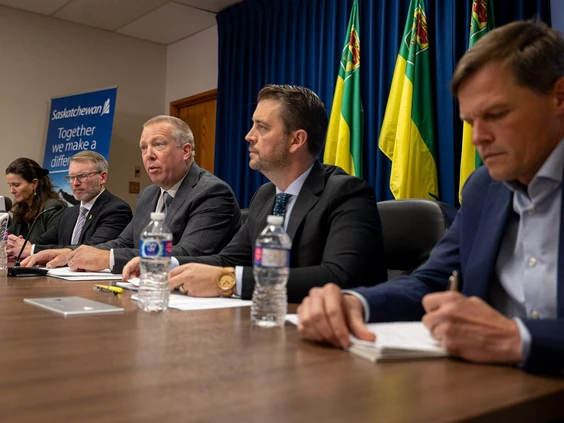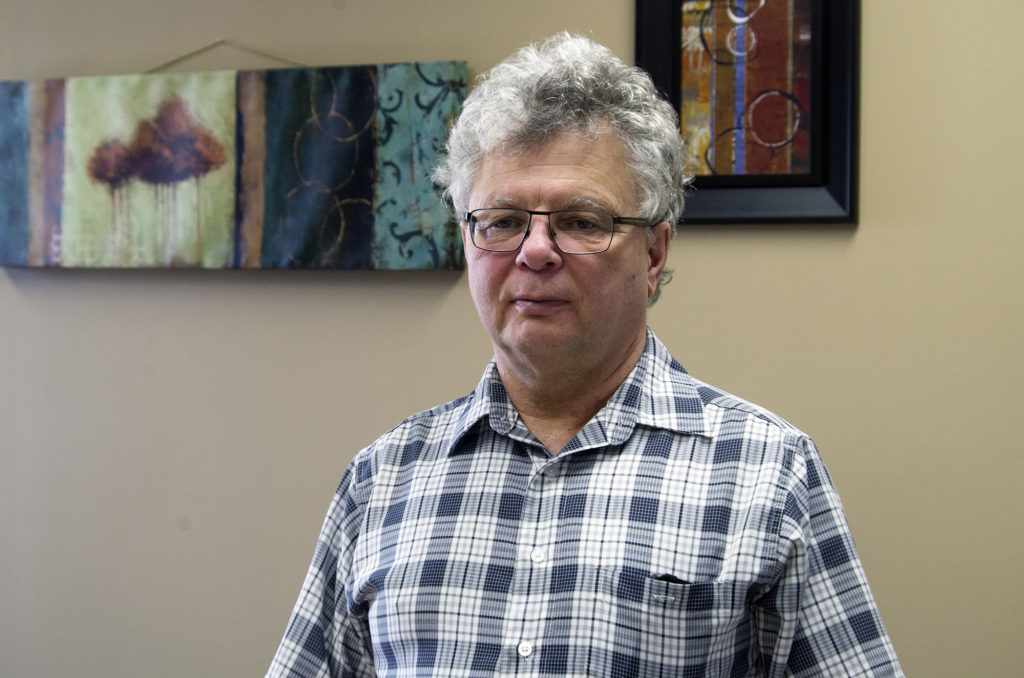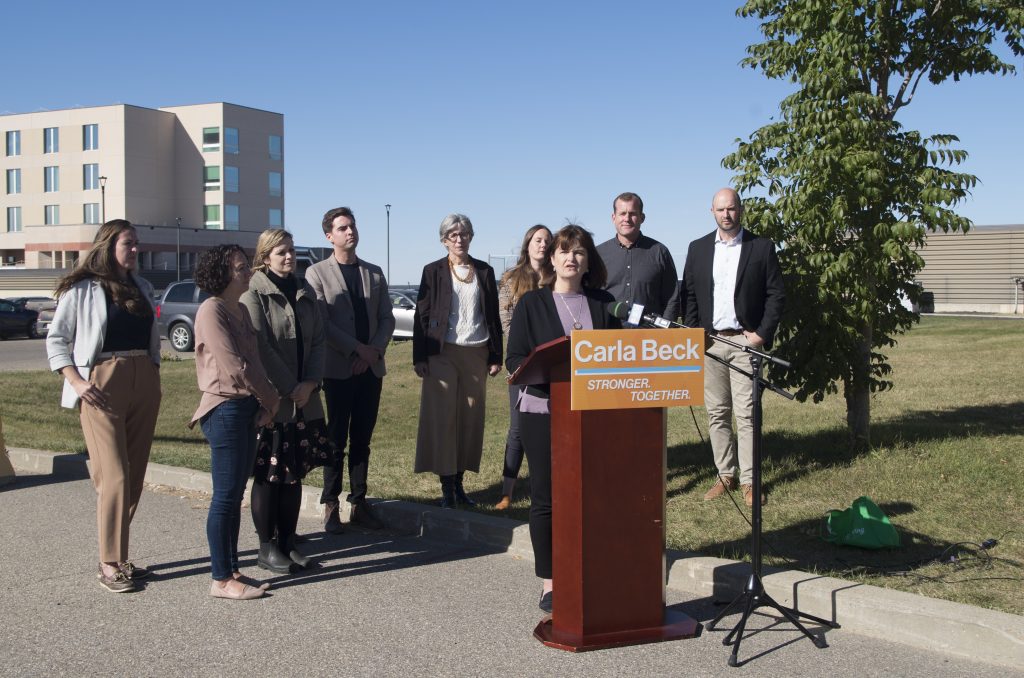
Prince Albert to receive funding for emergency shelter beds, but would benefit from investments in larger cities
The Saskatchewan government has announced a major investment into a new homelessness and addictions strategy – but local critics say the announcement largely leaves out Prince Albert, which statistics show is one of the areas hit the most by these issues.
On Friday, the province said it’s investing over $40 million over the next two years into emergency shelter and supportive housing spaces.
Prince Albert will share up to 120 new permanent shelter spaces with Saskatoon, Regina, Moose Jaw “and other communities based on need.” This will cost $14.1 million.
The government is also putting over $7 million into 155 new supportive housing units in Saskatoon and Regina. Additionally, $19 million will go towards “complex needs” shelters in Regina and Saskatoon, a medically supervised space where intoxicated people can go for up to 24 hours.
A news release said these shelters are geared towards people who are “exhibiting behaviours that present a danger to themselves and the public.”
This investment is something Brian Howell, manager of the River Bank Development Corporation, says Prince Albert would benefit from.
“It’s getting tougher out there. There’s a lot of people with crystal meth (addictions) and meth psychosis and they’re very hard to manage,” said Howell.
“The hospital won’t touch them; the shelters can’t take them if they’re behaving badly, so there’s a need for a level of facility that has the capacity to manage their behaviour.”
Howell praised the announcement of a central intake system for mental health and addictions, which allows patients to refer themselves for treatment.
“We certainly do welcome a recognition of our needs this winter and an increase in addictions treatment will be very helpful. But in terms of the focus on the two major cities, I would say that Prince Albert’s problems are just as acute and need the same attention.”

The River Bank Development Corporation was involved in a Point in Time (PiT) count in March 2022. It showed 150 people in Prince Albert reported being homeless.
A Saskatoon PiT count around the same time, in April last year, showed 550 people reported being homeless.
Prince Albert has a population of about 36,000, while Saskatoon is over seven times the size at about 273,000.
Another report published last year suggests that the Prince Albert region has nearly double the per capital spending on alcohol than the provincial and national rates.
The city’s HIV rate in 2019 sat at 56.4 people per 100,000, 3.4 times higher than the provincial rate and 8.2 times higher than the national rate – injection drug use caused 67 per cent of newly diagnosed HIV infections, according to the report.
Howell said the River Bank Development Corporation and the YWCA had applied for funding for the Stepping Stones shelter, which has a 40-bed capacity.
“If this means that Stepping Stones is approved, we’re very happy to hear that,” he said.
The new Provincial Approach to Homelessness (PATH) is a collaboration between the ministries of social services, health, and corrections, policing and public safety.
Gene Makowsky, the social services minister, said the province is in “decent shape” when it comes to making emergency shelter beds available for the quickly approaching winter.
“We have more to do, I understand that and this work is already underway. It is taking place as quickly as we can and within the next couple months we hope to have even more capacity within the province,” he said.
The five-year mental health and addictions plan includes at least 500 new addictions treatment spaces, doubling the current capacity across Saskatchewan.
The plan has three focuses: building capacity for treatment, improving the system itself, and transitioning to a recovery-oriented system of care.
Mental Health and Addictions Minister Tim McLeod said the latter is needed for people to overcome addictions, whereas the traditional 28-day treatment model isn’t enough for drugs like methamphetamine and opioids.
Carla Beck, leader of the opposition NDP, has been in Prince Albert for the last two days. She said she’s had meetings with school boards, community groups and businesses to hear where both their challenges and hopes lie.

Beck said Prince Albert being largely left off out of the funding announcement shows that the province isn’t addressing the need across the north.
“Looking at the situation in Prince Albert, I think there is reason to be concerned. As I’ve said, there’s visible concerns,” she said.
“I don’t think it can wait. If you drive down coming into Prince Albert, it is very jarring. It’s so concerning to see people so desperately, obviously in need of support.”
Beck said although the funding is “on the surface, good news,” she said there’s still a lot of unanswered questions about staffing and consultation.
“It is a small amount given the extent to which the Sask. Party has allowed this crisis to grow in our province.”
She added that an NDP government would scrap the Sask. Party’s “redundant” Marshals Service and, instead, invest that money into local police forces and addictions treatment.
The province says the Marshals Service would deter criminal activity in remote areas and increase enforcement for farming and agricultural offences, such as trespassing and theft. It would cost $20 million per year.
Beck said the NDP would “get more boots on the ground” by reallocating $10 million to local police services and the RCMP and the other $10 million to fighting substance use.
– with files from Thia James, Saskatoon StarPhoenix

